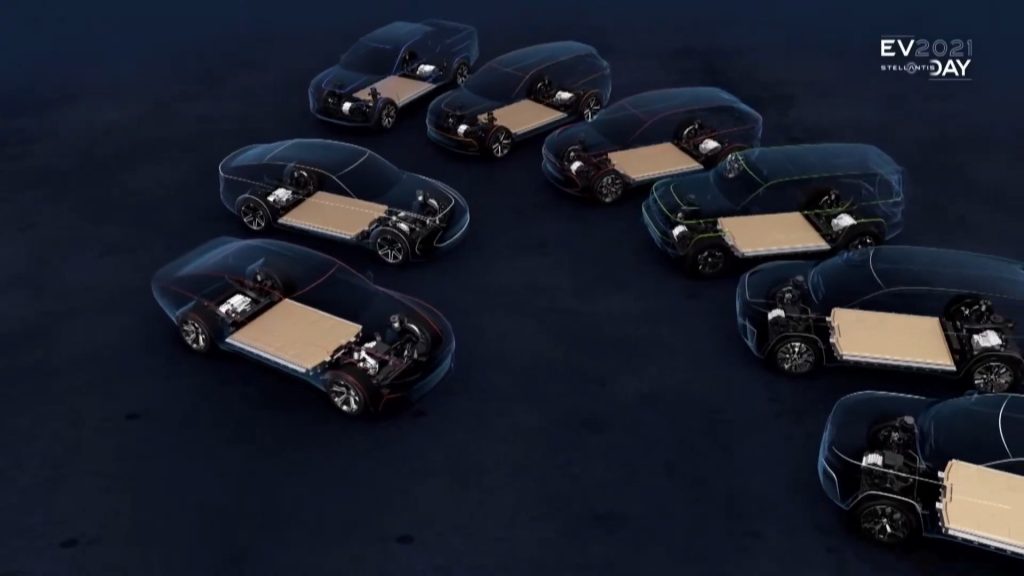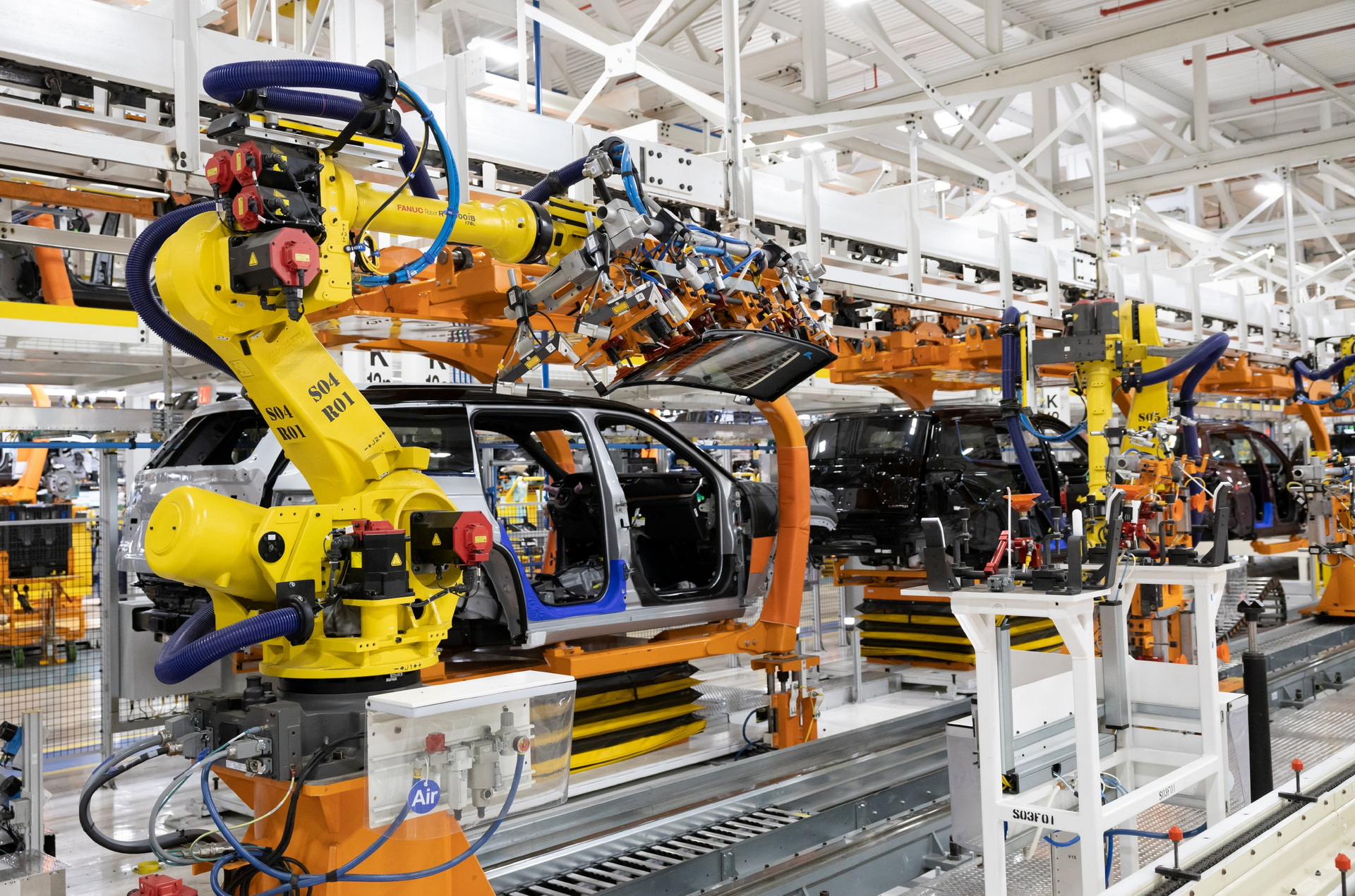Stellantis chief executive Carlos Tavares expects the automotive industry to face a slew of battery and raw material shortages in coming years but believes a new factory in Indiana will help the company alleviate some issues.
While recently speaking with Auto News, Tavares said that given the rise in demand for electric vehicles, there could be a battery shortage by 2024 or 2025 and a shortage in the raw materials that EVs use in 2027 or 2028. This is partly due to a relative lack of facilities for building EV batteries.
“The issue is that there is a shortage of facilities designed to both mine and then refine the lithium,” vice president global vehicle forecasting at Auto-Forecast Solutions, Sam Fiorani, said of the issue. “Environmental regulations, permitting and facility construction all conspire to lengthen the amount of time needed to deploy new lithium mining and refining facilities. Neodymium and other magnetic rare earths are concentrated in geographic areas and countries where politics interfere with supply.”
Read Also: Stellantis Is Eyeing India As An Important Growth Market
Key in Stellantis’ plans will be the construction of a battery plant in Indiana that’ll be established with Samsung SDI. Samsung will use its PRiMX technology to manufacture cells and modules for various Stellantis EVs in North America. More than $2.5 billion is being invested into the project and once the facility is complete, it is expected to generate 1,400 jobs.
According to Tavares, the production process for battery cells at this site will be “very clean” and “very sophisticated.”
“It’s very precise equipment,” Tavares said. “Very different from what we are used to altogether in the automotive world, so it’s really a step in terms of technology, process engineering, materials, cleanliness, equipment.”
Indiana has committed to offering Stellantis and Samsung $186.5 million in conditional tax credits, training grants, and investments. The site is expected to open in 2025 and will have an initial annual production capacity of 23 GWh, although the two companies hope to increase that to 33 GWh within a few years.





